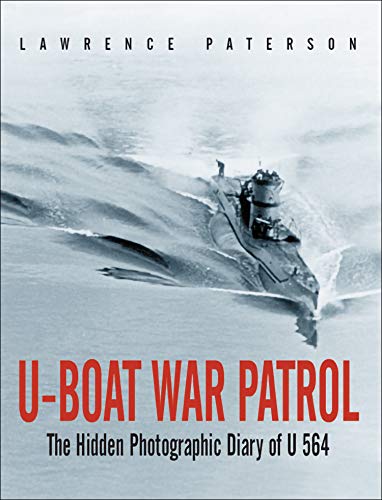
Steel Ships, Iron Crosses, and Refugees
by Charles Koburger
"The German Navy in the Baltic, 1939-1945"
Popularity
0 / 5
* A book's popularity is determined by how it compares to all other books on this website.
Where to buy?
Buy from Amazon* If you buy this book through the link above, we may receive a small commission at no extra cost to you.
Steel Ships, Iron Crosses, and Refugees by Charles Koburger
Details
War:
World War II
Perspective:
Submarines
Military Unit:
Kriegsmarine
True Story:
Yes
Biography:
No
Region:
Europe
Page Count:
168
Published Date:
1989
ISBN13:
9780275932602
Description
Brief Summary
Steel Ships, Iron Crosses, and Refugees by Charles Koburger offers an insightful exploration into a lesser-known theatre of World War II—the Baltic Sea. This meticulously researched work sheds light on the crucial and humanitarian role played by the German Navy in rescuing over 2,000,000 people, including refugees and wounded soldiers, during the perilous final months of the war. The book chronicles the largest maritime evacuation operations of the era, detailing the valiant efforts undertaken amidst significant challenges, such as inadequate air support and relentless Russian attacks. The scope of this maritime story is breathtaking, with the tragic torpedoing of ships like the Wilhelm Gustloff reminding readers of the harsh, often overshadowed realities of naval warfare.
Main Themes and Topics
The book delves deeply into several important themes, primarily focusing on the critical role of sea power during wartime. Koburger expertly examines the interplay between the German Navy and the Merchant Marines, highlighting their collaboration under dire circumstances. Through a detailed analysis of the Baltic Naval Campaign, the author also emphasizes the strategic importance of inshore waters in shaping military outcomes. By drawing attention to these aspects, the book effectively illustrates the often understated significance of naval operations and their impacts on both military strategies and humanitarian outcomes.
Writing Style and Tone
Charles Koburger adopts a scholarly yet accessible writing style that balances detailed historical analysis with human interest narratives. His tone is authoritative, suitable for both military historians and general readers interested in World War II. Koburger's clear prose and structured presentation make complex naval operations and strategies understandable and engaging, fostering a deeper appreciation for the efforts documented within the book.
Criticism
While Steel Ships, Iron Crosses, and Refugees provides a thorough account of the German naval efforts, some readers may find the focus predominantly on military and logistical details at the expense of personal stories from the refugees themselves. This focus might occasionally lead to a somewhat dry reading experience for those who prefer a narrative-driven historical account. However, the book's emphasis on factual accuracy and detailed research largely compensates for these shortcomings, offering a compelling account of a critical historical event.









